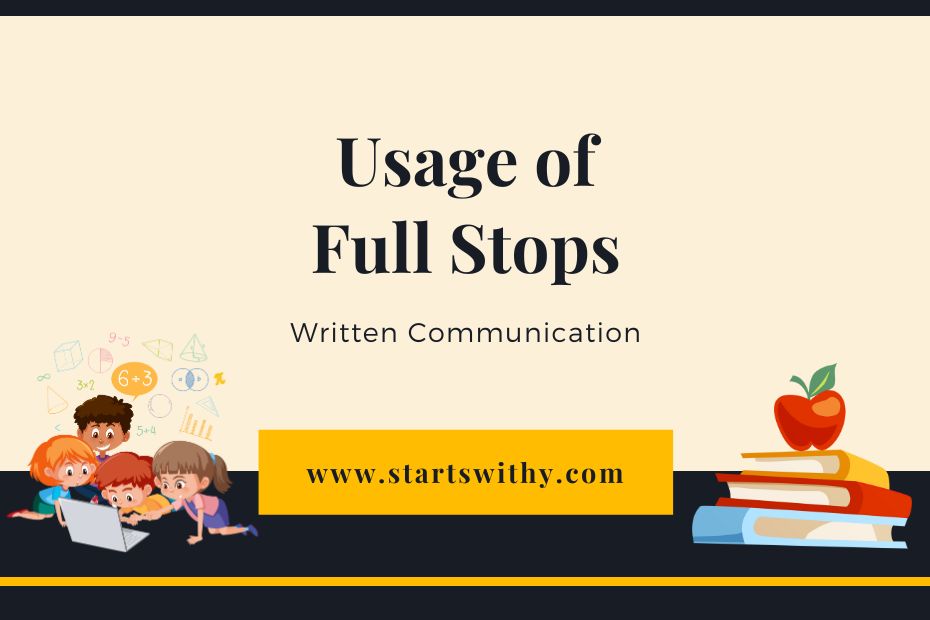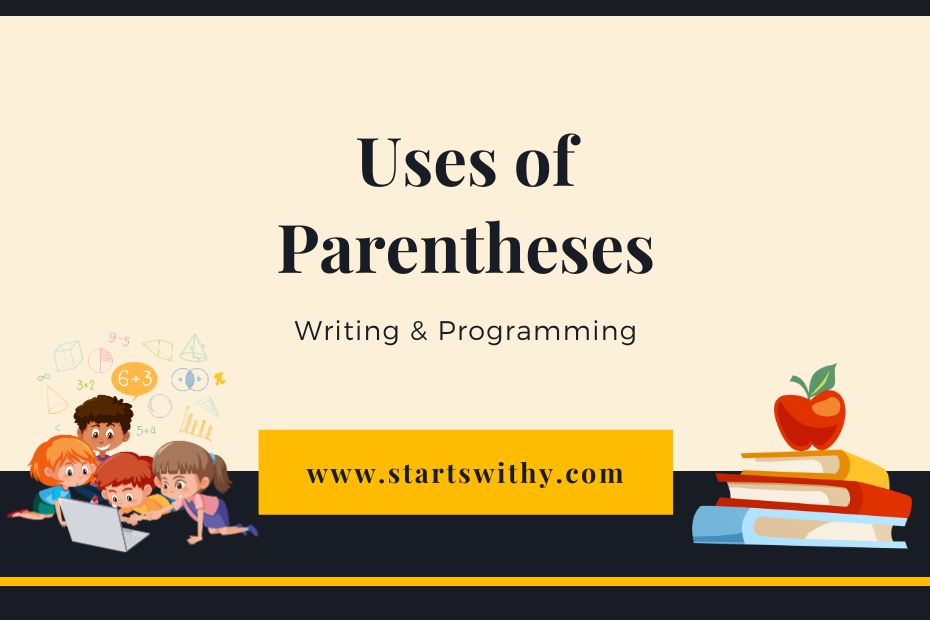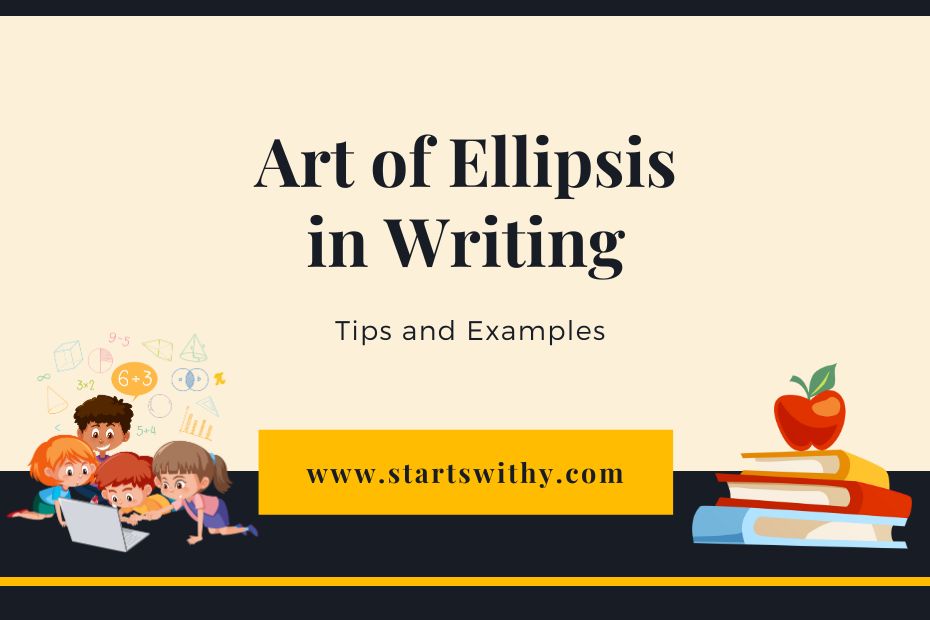
Are you confused about when and how to use a full stop? Look no further! In this article, we will demystify the meaning and definition of a full stop, as well as provide you with clear rules and examples to help you master its usage. Whether you’re a student, a professional, or simply someone who wants to improve their writing skills, understanding the proper use of a full stop is essential. So, let’s dive in and explore the world of full stops together!
Have you ever wondered why some sentences end with a full stop while others don’t? Well, wonder no more! In this article, we will uncover the rules and points to remember when using a full stop. From declarative sentences to imperative sentences, abbreviations to initials, and even indirect questions, we will cover it all. With our comprehensive guide, you’ll never have to second-guess the placement of a full stop again. So, let’s get started and ensure that your writing is punctuated perfectly!
What is a Full Stop?
A full stop, also known as a period, is a punctuation mark that brings a sentence to a complete stop. It is one of the most commonly used punctuation marks and plays a crucial role in the structure and clarity of written communication.
The main purpose of a full stop is to mark the end of a declarative or imperative sentence. It signifies a pause, allowing the reader to take a breath and process the information before moving on to the next sentence.
Here are some key points to remember about full stops:
- A full stop is used at the end of a declarative sentence, which makes a statement or provides information.
- It also punctuates imperative sentences, which give commands or express requests.
- Full stops are used after abbreviations or short forms to indicate the end of the shortened word. For example, “etc.” for “etcetera” or “Dr.” for “Doctor”.
- Initials are followed by a full stop, such as “J.K. Rowling” or “R.A. Salvatore”.
- Full stops are used at the end of an indirect question, which is embedded within a statement. For example, “She asked if you could pass the salt.”
Understanding the proper usage of a full stop is essential for developing strong writing skills. By incorporating full stops into your writing, you can enhance clarity and ensure that your ideas are effectively conveyed to the reader.
Remember to avoid using full stops in certain contexts, such as with contractions or most abbreviations. Additionally, full stops should not be used after web or email addresses if they are part of a sentence fragment or on a line by themselves.
Now that you have a better understanding of what a full stop is, let’s explore some examples of sentences that incorporate this punctuation mark.
Importance of Using Full Stops

Clear and Concise Communication
Using full stops plays a crucial role in achieving clear and concise communication. A full stop marks the end of a sentence, indicating a complete thought or idea. By using full stops appropriately, you ensure that your message is effectively conveyed to the reader. Here’s why it’s important:
- Separating Sentences: Full stops help to separate individual sentences, allowing readers to easily distinguish between ideas. This helps in maintaining clarity and preventing confusion.
- Creating Pauses: Full stops provide natural pauses in your writing, giving readers a chance to process the information. The breaks created by full stops enable readers to absorb each sentence before moving on to the next, enhancing comprehension.
- Improving Readability: With the help of full stops, you can break down long and complex sentences into shorter, more readable ones. This makes it easier for readers to follow your train of thought and grasp the main points you are trying to convey.
Avoiding Ambiguity
In addition to facilitating clear communication, using full stops correctly helps to avoid ambiguity in your writing. Here’s how full stops contribute to clarity and precision:
- Distinguishing Sentence Types: Full stops are essential for differentiating between declarative or imperative sentences and other sentence types like questions or exclamations. By using full stops appropriately, you ensure that your intended meaning is accurately conveyed to the reader.
- Minimizing Confusion: Full stops help to avoid confusion by clearly indicating when a sentence has ended. This eliminates the possibility of readers misinterpreting incomplete or fragmented sentences as standalone thoughts, leading to a better overall understanding of your message.
- Maintaining Authoritative Tone: Proper use of full stops in your writing demonstrates an understanding of grammar and punctuation rules. This conveys professionalism, authority, and trustworthiness to your readers, enhancing the overall impact of your content.
Remember, when using full stops, it’s important to consider the context of your writing. While full stops are typically used at the end of declarative or imperative sentences, they may not be required in certain cases such as abbreviations or sentence fragments. Paying attention to the guidelines for using full stops will ensure that your writing remains clear, coherent, and impactful.
Rules for Using Full Stops
At the End of a Sentence
When using a full stop at the end of a sentence, there are a few important rules to keep in mind:
- Complete sentence: A full stop is used to mark the end of a sentence that is not a question or an exclamation. It denotes the completion of a thought or idea.
Example: “She is beautiful and smart.”
- Fragment sentences: Some sentences, known as fragment sentences, do not have a subject or verb but still convey a complete meaning. Use a full stop at the end of them.
Example: “Their parents are arriving next month.”
After Abbreviations and Acronyms
When it comes to abbreviations and acronyms, full stops play an important role in their usage. Follow these guidelines:
- Abbreviations: Full stops are used in abbreviations to separate the abbreviated letters or words.
Example: “etc.” (et cetera), “e.g.” (for example), “i.e.” (that is)
- Acronyms and initials: Unlike abbreviations, acronyms and initials do not typically use full stops. They are written as a sequence of capital letters.
Example: “USA” (United States of America), “DNA,” “UK”
- End of a sentence: When an abbreviation or acronym occurs at the end of a sentence, do not use two periods. This is called haplography, where something is written once when it should logically come twice.
Correct: “He was thinking about moving to the US.”
Incorrect: “He was thinking about moving to the US..”
Following these rules for using full stops will ensure that your writing is clear, concise, and professional. It is essential to maintain proper punctuation to convey your message effectively. So, remember to use full stops at the end of sentences and in abbreviations and acronyms, while being mindful of their placement.
Common Mistakes with Full Stops
When it comes to using full stops, there are a few common mistakes that writers often make. These mistakes can trip you up, especially if English is not your first language. Let’s take a look at some of these common errors and how to avoid them.
1. Abbreviations at the end of a sentence
One of the most common mistakes is using two periods when an abbreviation or acronym occurs at the end of a sentence. This error, known as haplography, can make your writing look unprofessional. Instead, remember to use only one period at the end of the abbreviation or acronym. For example:
- Incorrect: He was thinking about moving to the U.S..
- Correct: He was thinking about moving to the U.S.
2. Forgetting to use a full stop at the end of a sentence
Sometimes, in the rush to convey our thoughts, we forget to include a full stop at the end of a sentence. This can lead to run-on sentences and confusion for the reader. Always remember to mark the end of a complete thought with a full stop. For example:
- Incorrect: I’ll be there in five minutes let me just finish this email.
- Correct: I’ll be there in five minutes. Let me just finish this email.
3. Using full stops incorrectly in lists
When creating a list of sentence fragments, it’s important to use full stops correctly. Remember to use a full stop at the end of each item in the list, including the last one. This helps to separate each point and make it easier to read. For example:
- Incorrect: The committee met yesterday. It discussed office space, working hours, managers salaries.
- Correct: The committee met yesterday. It discussed:
- Office space.
- Working hours.
- Managers salaries.
By being aware of these common mistakes and incorporating the correct usage of full stops, you can ensure that your writing is clear, concise, and professional. So, next time you’re writing, pay attention to these rules and enhance the effectiveness of your communication.
Conclusion
Now that you have a clear understanding of the meaning and rules surrounding the use of a full stop, you can confidently incorporate this punctuation mark into your writing. Remember to use a full stop at the end of a complete sentence and after abbreviations and acronyms. This will help ensure that your writing is clear and easy to understand.
Avoid common mistakes, such as using two periods after an abbreviation or forgetting to use a full stop at the end of a sentence. By paying attention to these details, you can maintain proper punctuation and enhance the overall quality of your writing.
Proper use of the full stop is essential for effective communication. It signals the end of a thought or idea, allowing your readers to pause and digest the information. By using full stops correctly, you can create well-structured and concise sentences that convey your message with clarity and precision.
Incorporating the full stop into your writing may seem like a small detail, but it can have a significant impact on the overall readability and professionalism of your work. So, remember to use this punctuation mark thoughtfully and consistently to enhance the power of your words.



